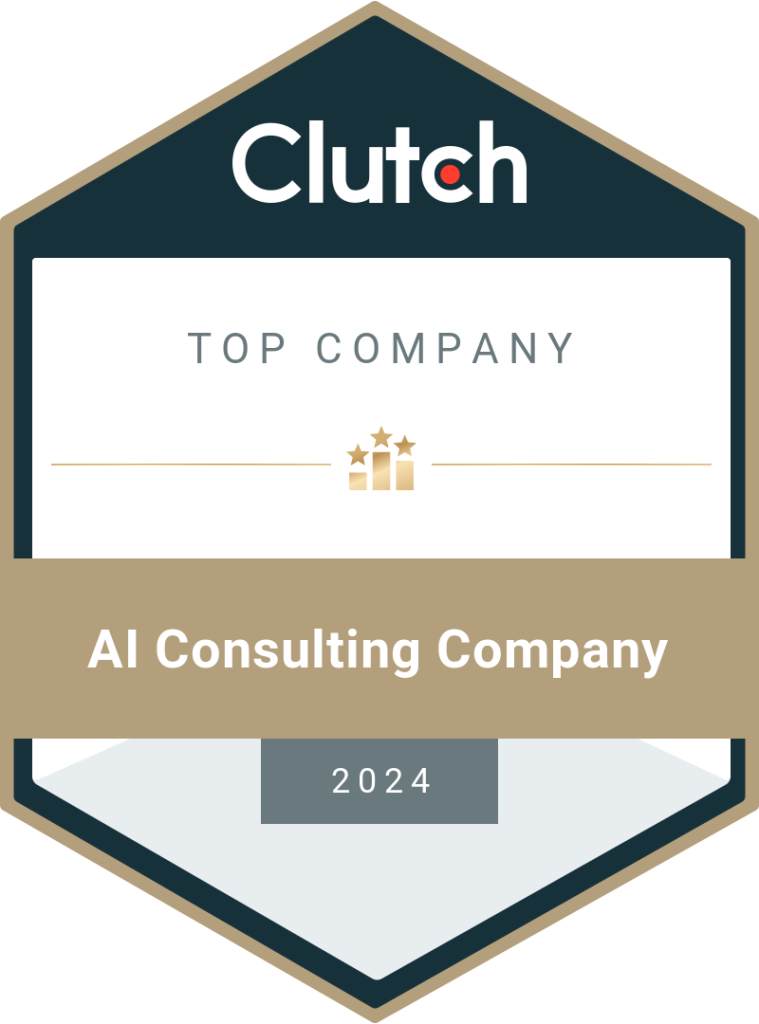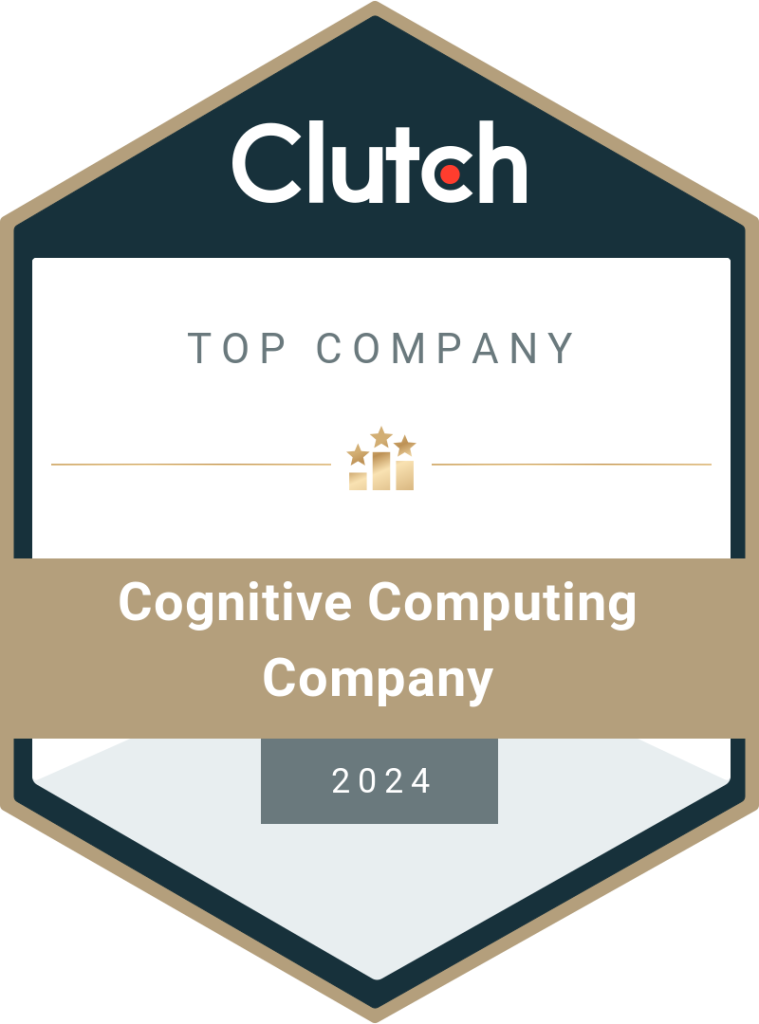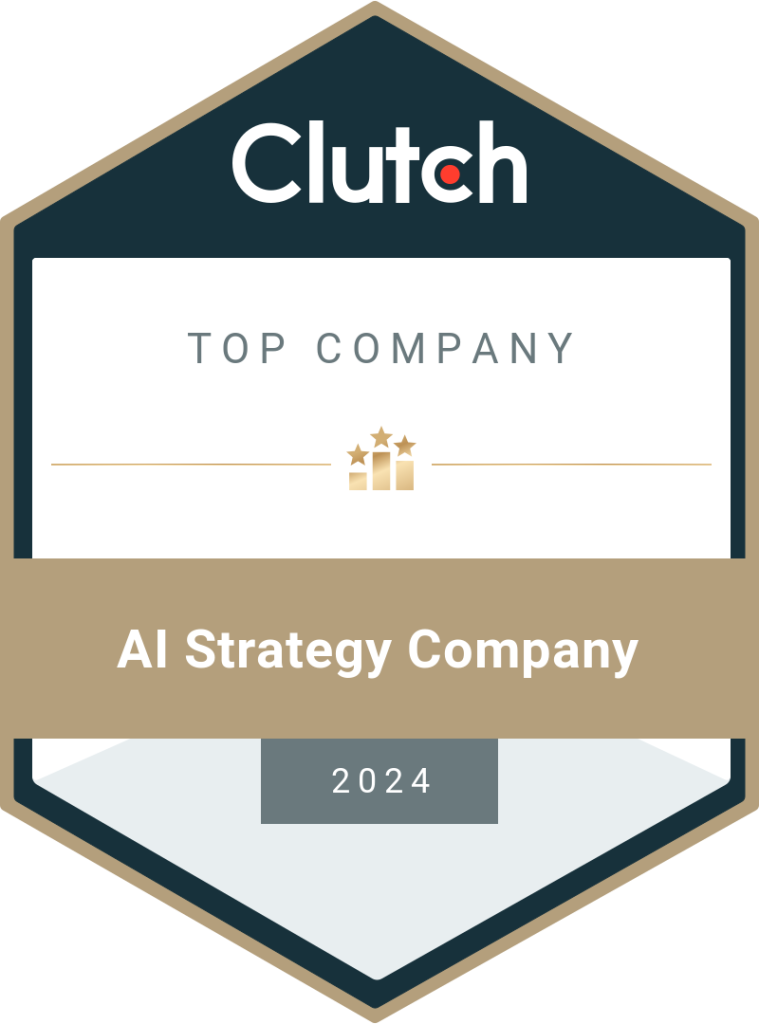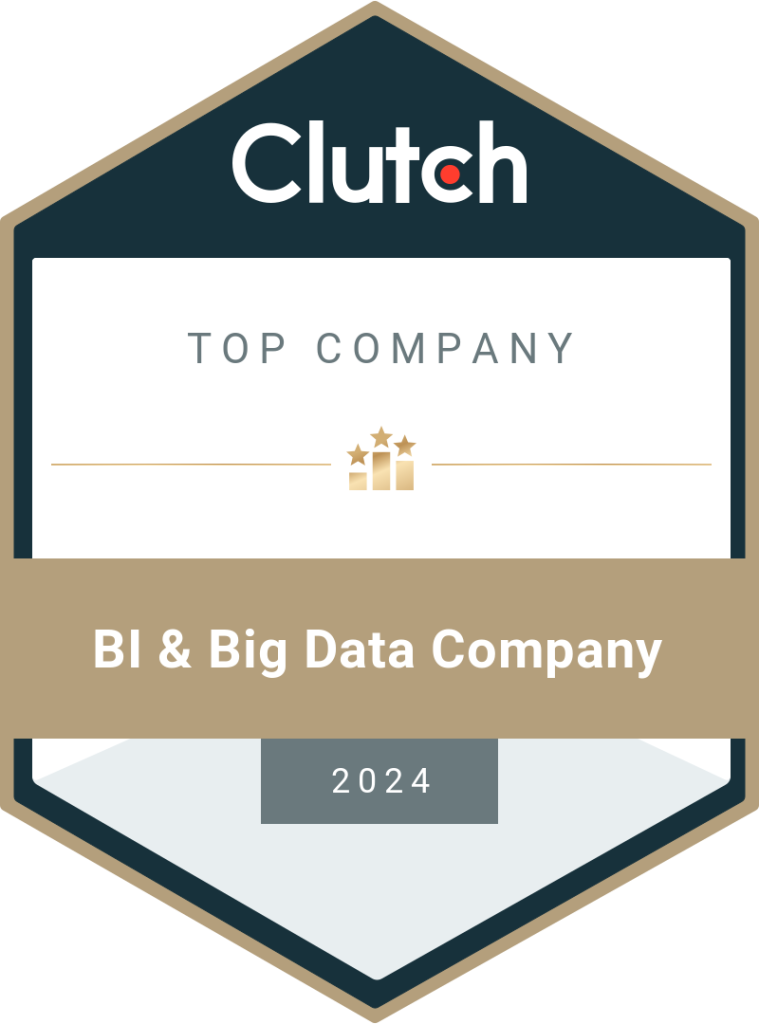Data Science for Risk Management
While 57% of senior-level executives rank “compliance and risk” as the top two risk categories that must be managed, only 36% of organizations have a formal risk management plan, and 69% of executives are not even confident about their current risk management policies. The global enterprise risk landscape is highly volatile and teeming with new and critical challenges now and then, and one such example is the ongoing COVID-19 pandemic. Despite being a significant organizational process, risk management processes and practices across the globe continue to be a challenging business aspect to manage. One of the primary reasons behind this is the consistent technological and market evolution and industry disruptions. While having a 100% sure and fool-proof risk management strategy is a utopia, getting data-driven insights from historical data and predictive analytics, in short, Data Analytics, can give you the key to a lot of many concerns. How to know whether your business is running at maximum efficiency, and what is your exact risk profile? Do you understand your risk profile in its entirety, and is your exposure to business risks, accidents, and disruptions minimum? Here, we explore how data analytics can help you resolve these and many other doubts by taking all the guesswork out of your risk management practices. Let us begin by understanding the term in the modern digital business landscape. What Is Risk Management and What Activities Does It Involve? Gartner defines enterprise risk management (ERM) as the process of identifying, analyzing, and treating the enterprise’s exposure as visualized by the executive management. It includes looking at the various exposures, such as frauds, credit, finance, strategic and operational matters. ERM is a top-down strategy to identify, assess, and prepare for the potential dangers, losses, and hazards that might interfere with the operations and objectives of a firm in multiple ways. Hence, instead of being a siloed analysis of different processes, departments, or operations, it is a holistic and highly consolidated analysis of all the business units and segments. The following visual shows the various activities involved in risk management: 1. Align ERM Processes to Business Goals Senior management and enterprise leaders work together to establish the organizational and business goals and educate the staff about the importance of ERM. 2. Identify Enterprise Risks Compile a list of various risks that can affect the enterprise and impede it from achieving its goals. 3. Risk Assessment Risk examination, keeping the likelihood and impact of risk on the organization. 4. Select Risk Response Selecting an appropriate risk response based on the impact and risk appetite, such as risk acceptance, avoidance, reduction, transfer, sharing, etc. 5. Risk Monitoring Monitor the ways risks are changing and how your responses are faring against them. 6. Communicate or Report Risks You have to communicate the risk events, their results, and steps you took to counter them, to the stakeholders and upper management, via reports. Traditional Risk Management vs. Modern Risk Business: The Paradigm Shift Traditional risk management approaches are highly subjective and are based on individual perceptions. They also tend to be non-optimal in dealing with the emerging risk landscape. Today, enterprises generate limitless data, the technology is getting smarter with every passing day, and business dynamics are becoming highly challenging. Hence, having an effective risk management process is a must-have to steer your business towards growth. And so is having a data-based approach towards risk management! As businesses continue to digitize the operations and automate the processes, the risk profiles continue to assume a more critical, diverse, and complicated stance. Why? – You might ask. Well, this is because of many reasons, such as: Hence, to survive in this new digital era, businesses should identify the early indicators of risk events and have to act proactively to mitigate those risks before they become disruptions. Further, it is important to understand your risk portfolio and requirements for advanced technologies to minimize your risk exposure. Below, we discuss some key considerations that you must consider while applying data analytics for risk management. Applying Data Analytics to Risk Management Process: 5 Key Considerations 1. How to Measure and Quantify Risk? While there is no exact science or mathematical formula to measure risk, using analytics, you can easily create measurement parameters that can, in turn, help you in establishing and examining the likely risk scenarios. Once this is done, understanding the potential impact of any risk becomes easier. Now, you can start planning around it and gradually establish a baseline of data using analytics to measure risk across the entire organization. Hence, your end goal should be to use data analytics for the entire organization in a holistic manner. 2. Understanding “What Is New” in Analytics One of the most common doubts people have about analytics is that they have been using it for years, so what’s all this hype about? While we have been using data analytics in some form for years, there is a world of difference between that tradition and the current version. The modern data analytics platforms are highly sophisticated, and modern risk analytics is more focused on data exploration, statistical clustering, data segmentation, predictive analysis, scenario analysis, event simulation, etc. So, even if you have been using numbers for risk analysis and management for years now, modern risk analytics leverages various advanced technologies and is undoubtedly more effective and reliable. 3. Using ERM Solutions With in-Built Analytics While having an ERM department with an entire team is a huge asset for every business, it comes at a higher cost, and most organizations have a standalone ERM function. Hence, it is essential to opt for professional risk analytics services that can tap into the business-wide structured and unstructured data blocks and understand the potential impacts of a wide range of risks. Further, as risk management gradually becomes more complex, an ERM with in-built risk analytics becomes a huge overhead. 4. Using Analytics for Financial Statements and Reporting Analytics and financial reporting have a lot of natural overlapping and are mutually fulfilling. Analytics can offer data
Read More






